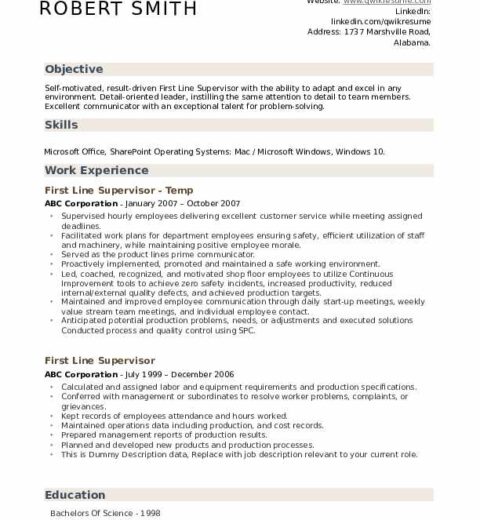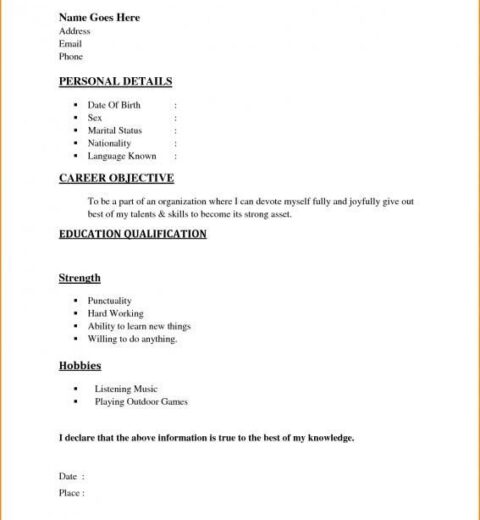In the realm of job applications, the terms “resume” and “curriculum vitae” (CV) are often employed interchangeably, yet they signify two distinct documents serving unique purposes. This conflation creates confusion not only for job seekers but also for employers seeking specific information from applicants. Understanding the critical differences between these documents can enhance one’s candidacy significantly. This guide delineates these differences, exploring the nuanced characteristics and purposes of each document.
The primary and most discernible distinction lies in the length and depth of content. A resume is typically a concise one to two-page summary of an individual’s relevant professional experience, skills, and education tailored for a specific job application. Conversely, a CV is an exhaustive record, often extending beyond two pages, which chronicles a person’s academic history, professional achievements, publications, presentations, awards, and sometimes personal interests. The breadth of detail in a CV makes it more suitable for academic positions, research roles, or other positions that demand a comprehensive understanding of an individual’s career milestones.
Another salient difference involves the format and structure of the documents. Resumes are highly customizable; they often include a tailored summary or objective statement, emphasizing specific skills most pertinent to the job at hand. This flexibility enables applicants to present themselves in the most favorable light based on the job description, thereby enhancing the chances of securing an interview. In contrast, a CV is typically presented in a more standardized format. The organization of information tends to follow a chronological or thematic structure, providing an overview of all professional accomplishments without the need for extensive tailoring for individual applications.
Moreover, the usage of resumes and CVs frequently diverges based on regional conventions. In the United States and Canada, resumes are the preferred document for most job applications, while CVs are primarily used in academic, medical, and research contexts. Conversely, in many European, Asian, and Middle Eastern countries, the term CV is commonly employed to refer to what Americans might consider a resume. This geographic nuance highlights the importance of understanding the expectations of potential employers based on their location and industry norms.
One should also consider the target audience when crafting either a resume or a CV. Resumes are generally directed toward hiring managers and human resources personnel who may only have a few moments to assess an applicant’s qualifications. Consequently, it is crucial that resumes are clear, succinct, and strategically formatted to make a favorable impression quickly. On the other hand, CVs are often reviewed by academic committees, researchers, or specialized hiring boards deeply familiar with the academic landscape. As such, there is an expectation for exhaustive detail and comprehensive documentation of qualifications, making them particularly intricate and labor-intensive to create.
Another noteworthy aspect involves the types of information typically included in each document. A resume often highlights pertinent job experiences, specific skills applicable to the job, and achievements that directly relate to a potential employer’s needs. Achievements might include sales performance metrics, project completions, or awards received for outstanding performance. Conversely, a CV encompasses a broader range of accomplishments. This may include specific details about published research, collaborative projects, professional affiliations, and contributions to academic societies. A CV may also contain sections outlining teaching experience, research interests, and grants received, which might not be relevant or appropriate in a typical resume context.
Furthermore, while resumes often prioritize professional achievements and experiences that demonstrate competencies, CVs incorporate a more holistic view of an individual’s academic journey. This comprehensive dossier enables the reader to glean not just professional experiences, but also the scholarly environment in which an academic has developed, including the nuances of research methodologies and pedagogical approaches.
In terms of language and tone, resumes typically adopt a punchy, action-oriented vernacular, emphasizing the achievements and contributions made in previous roles. Phrasing often employs strong action verbs—such as “developed,” “initiated,” or “facilitated”—to convey a proactive and results-driven attitude. CVs, contrastingly, may adopt a more formal tone, with polished language reflecting academic rigor. The vocabulary employed in a CV often mirrors scholarly standards, showcasing an individual’s command of specialized terminology relevant to their field.
In conclusion, while resumes and CVs may share similar functions in terms of summarizing one’s professional qualifications, they serve different purposes and should be designed with distinct considerations in mind. Understanding the differences between these two documents is paramount for job seekers. With insight into length, content, structure, format, and audience, applicants can craft compelling resumes and CVs that resonate with potential employers or academic committees, ultimately enhancing their chances of securing the desired position or opportunity. Employing these strategies will not only clarify professional identities but will also articulate one’s journey in a coherent and impactful manner.




